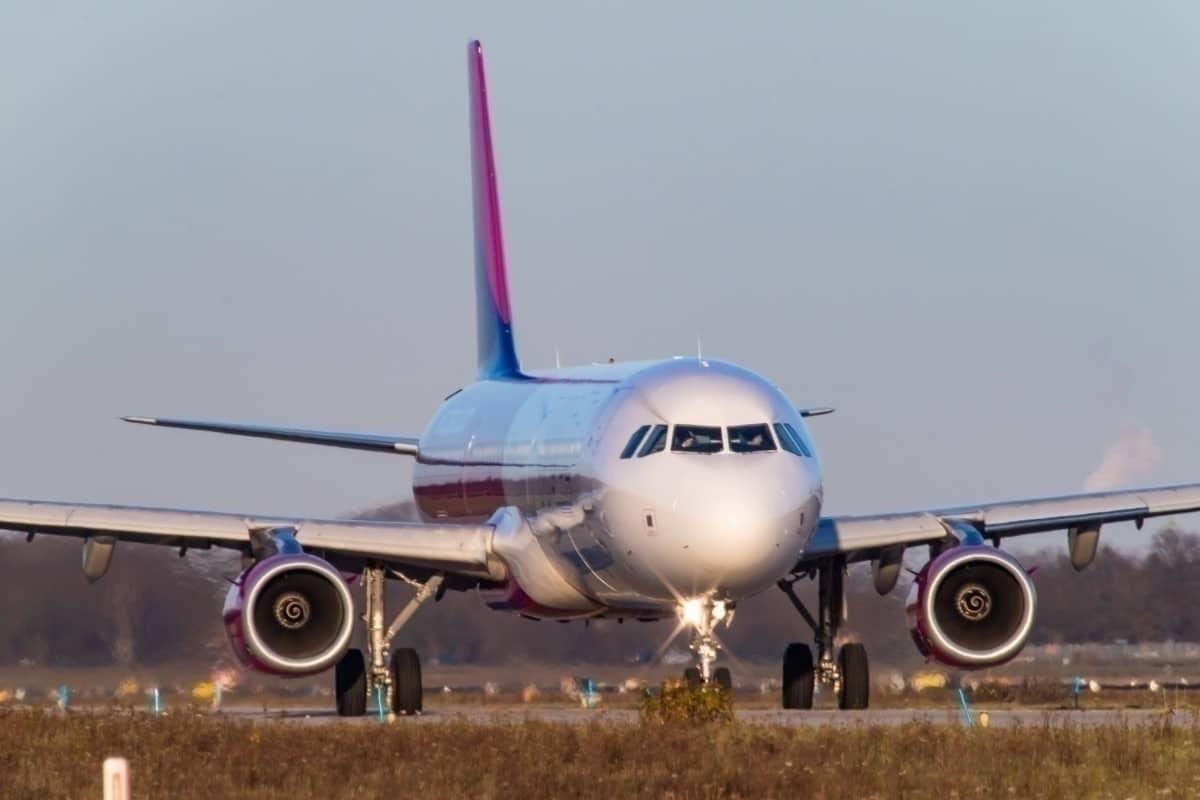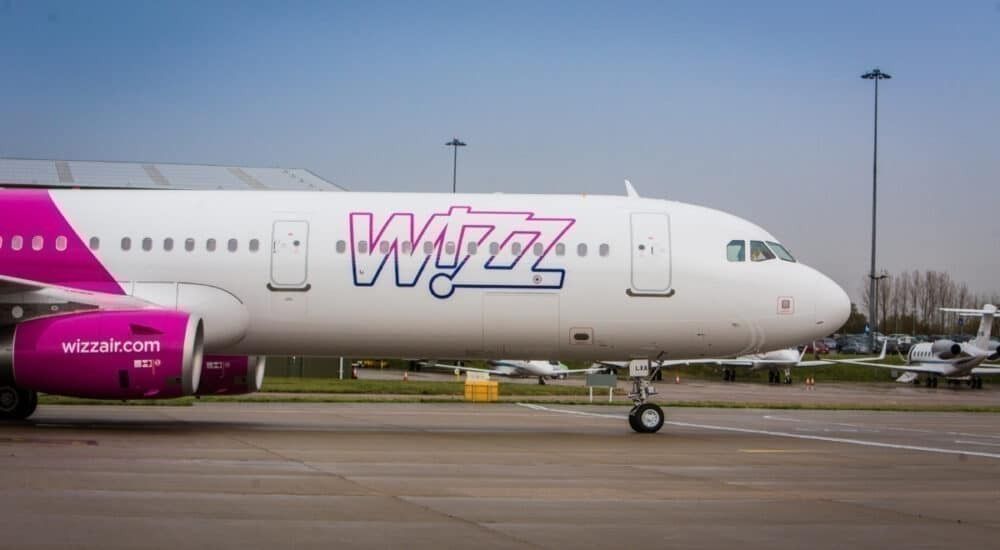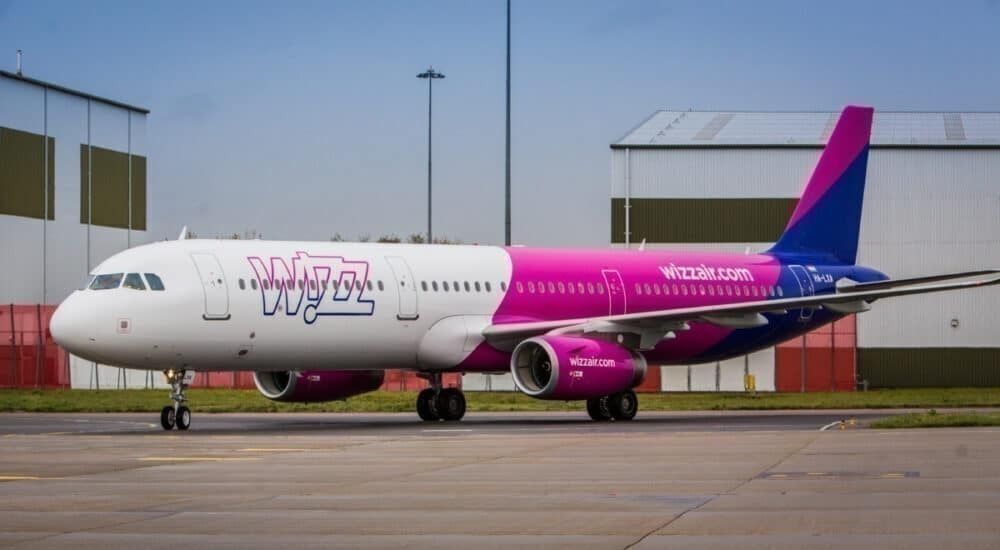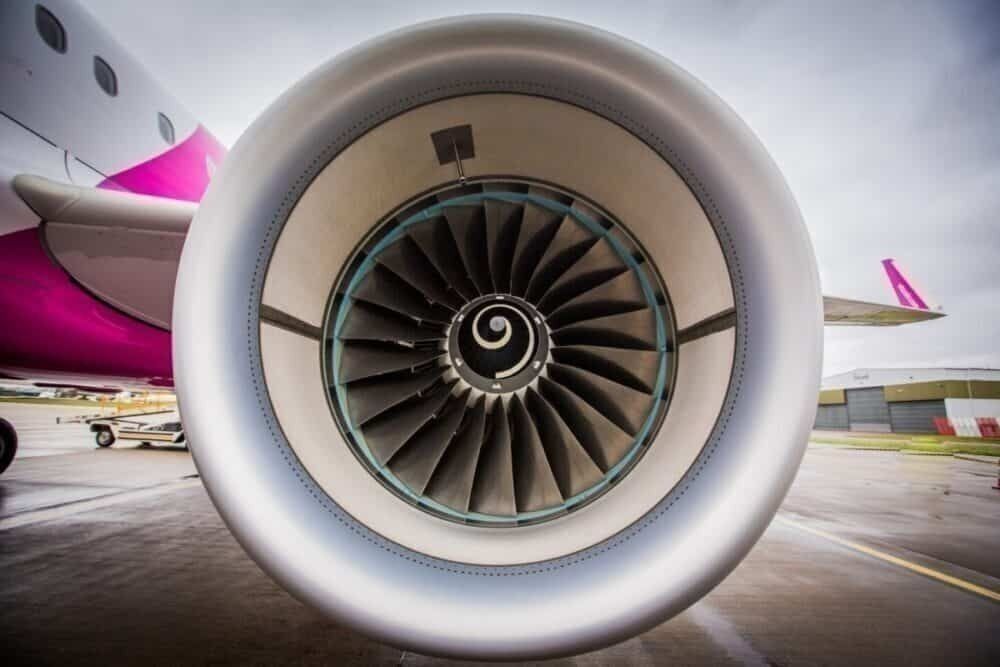Hungarian low-cost airline Wizz Air hasn’t let COVID quash its ambitions. Launching over 100 new routes in less than a month and opening several new bases, including its first in Russia, just shows the airline’s incredible determination to come out of the crisis on top. But is this a slick business move on the part of the airline, or is it setting itself up to fail?
Wizz Air’s bullish take on COVID
Wizz Air’s CEO, Joszef Varadi, has always been bullish about the coronavirus crisis. Several times he has alluded to the opportunity presented by the downturn in aviation, pressing ahead with plans for the launch of Wizz Air Abu Dhabi and adding new routes and bases at an astounding rate.
Since June 1st, Wizz Air has added no less than 111 new routes to its schedule. In the last three days alone, 23 new services were added from its brand new bases in Dortmund and St. Petersburg, the latter being its first-ever base in Russia. Its strategy of targeting unserved and underserved city pairs has given it a head start over the competition.
Stay informed: Sign up for our daily aviation news digest.
In an interview World Aviation Festival, CEO Varadi said,
“The difference between us and most of the rest of the market is this theory that we are more resilient. We have the financial resources not only to survive but also to invest into new markets and new opportunities.
“At the same time, we are a focused short-haul point-to-point business, and I think that type of traffic flow will recover much quicker than the connecting long haul traffic which will take a while to recover.”
Indeed, in the recent Wizz Air results call, Varadi noted that the airline planned to ramp up to 60% of its scheduled capacity by the end of Q2 2020, and to 80% in the second half of the year.
Watching the ramp up
Wizz was one of the first European airlines to really press the accelerator on the ramp up of operations. Although it never stopped flying altogether, at one point in April, 97% of its capacity was on the ground. By June 6th, however, this was a very different story.
According to data shared by Spire Aviation, on May 2nd just 16 Wizz Air aircraft were tracked.
A month later, on June 6th, this number had doubled. Spire Aviation tracked a total of 32 aircraft operational on that single day.
Now, three weeks later than this, we expect that number to have likely doubled again. Wizz’s decision to fly boldly into the face of the COVID crisis has given some hope for a quick resumption of aviation activities, but is it all too much, too soon?
A bold but clever move
During the results call, Wizz’s CEO was clear that the airline has had a challenging quarter. However, he also waxed lyrical about the widespread opportunities that the crisis has presented.
He noted that some airports are ‘begging for capacity’ and that Wizz was well placed to provide that capacity. The airline, he said, is in the position of having around 30 – 35 aircraft ready to redeploy where demand exists.
Leveraging its uniquely proactive approach to new routes has undoubtedly allowed Wizz to secure competitive rates at the airports where capacity is needed. Although you might think that the plethora of new bases and routes opened recently must be the extent of it, it wouldn’t be completely surprising to see Wizz opening even more as border restrictions relax and demand begins to ramp up.
It’s a bold move and could see the plucky LCC mopping up swathes of demand as other airlines struggle to regain their market share. But is there something that could derail the airline’s plans?
What could undo Wizz Air’s success?
The biggest unknown in the rapid expansion plans of Wizz is the virus itself. Already we’ve seen traffic in China dropping back down, as further outbreaks have derailed the recovery. A county in Germany is back under lockdown, and with no vaccine in sight, this trend could be repeated elsewhere in Europe in the coming weeks.
COVID-19 has not gone away. For now, it has been largely contained, which has allowed restrictions to ease around the continent. However, many are predicting a second wave, which could see countries locked down rapidly. This could leave Wizz paying out for new bases and servicing aircraft that it can no longer profitably fly.
However, with the distinctive entrepreneurialism of Varadi and his team at the helm, these issues are likely to be mitigated in quick succession. No doubt, he’s considered this eventuality and has put measures in place to account for such an event.
What do you think? Is Wizz’s bold expansion during COVID a shrewd business move, or is it simply exposing itself to a fall from a greater height in the long run? Let us know what you think in the comments.






